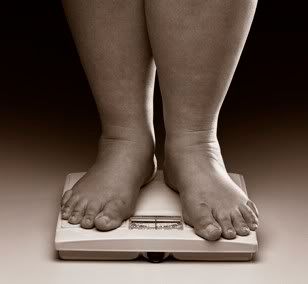
Pain is more than a symptom of osteoarthritis, it is an inherent and damaging part of the disease itself, according to a study just published in journal Arthritis and Rheumatism. More specifically, the study revealed that pain signals originating in arthritic joints, and the biochemical processing of those signals as they reach the spinal cord, worsen and expand arthritis.
In addition, researchers found that nerve pathways carrying pain signals transfer inflammation from arthritic joints to the spine and back again, causing disease at both ends.
Technically, pain is a patient's conscious realization of discomfort. Before that can happen, however, information must be carried along nerve cell pathways from say an injured knee to the pain processing centers in dorsal horns of the spinal cord, a process called nociception. The current study provides strong evidence that two-way, nociceptive "crosstalk" may first enable joint arthritis to transmit inflammation into the spinal cord and brain, and then to spread through the central nervous system (CNS) from one joint to another.
Furthermore, if joint arthritis can cause neuro-inflammation, it could have a role in conditions like Alzheimer's disease, dementia and multiple sclerosis. Armed with the results, researchers have identified likely drug targets that could interfere with key inflammatory receptors on sensory nerve cells as a new way to treat osteoarthritis (OA), which destroys joint cartilage in 21 million Americans. The most common form of arthritis, OA eventually brings deformity and severe pain as patients loose the protective cushion between bones in weight-bearing joints like knees and hips.
"Until relatively recently, osteoarthritis was believed to be due solely to wear and tear, and inevitable part of aging," said Stephanos Kyrkanides, D.D.S., Ph.D., associate professor of Dentistry at the University of Rochester Medical Center. "Recent studies have revealed, however, that specific biochemical changes contribute to the disease, changes that might be reversed by precision-designed drugs. Our study provides the first solid proof that some of those changes are related to pain processing, and suggests the mechanisms behind the effect," said Kyrkanides, whose work on genetics in dentistry led to broader applications. The common ground between arthritis and dentistry: the jaw joint is a common site of arthritic pain.
Read Other News in: http://www.prescriptiondrugs1.com/News









